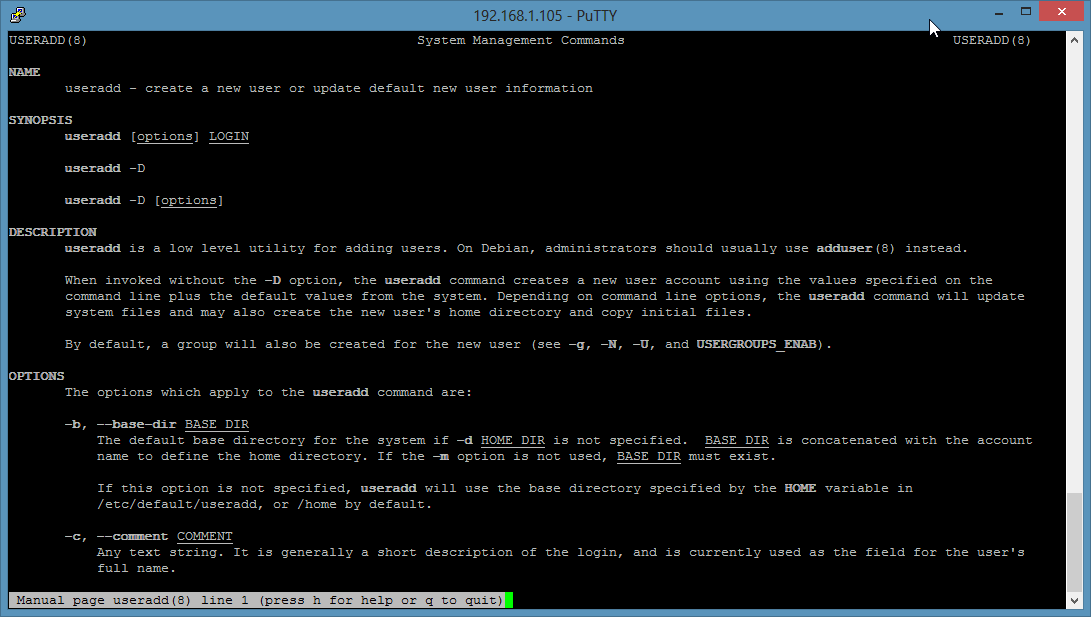
Changing the group a user is associated to is a fairly easy task, but not everybody knows the commands, especially to add a user to a secondary group. We’ll walk through all the scenarios for you.
To add an account as a member of the administrators group you need to be a local administrator already and you need to have rights to read the active directory information.


If you have multiple users on your network domain and want to give a user administrator rights you need to add them to the Admin user group. The process is …
Users are members of a default group. Red Hat Linux (also Fedora Core, CentOS, etc.) will add new users to a group of the same group name as the user name.

I want to add the Apache user (www-data) to the audio group. I’ve read the man page for useradd, but I’m not having any luck. I’m running xubuntu 11.10. Here’s what I’m doing: $ sudo useradd -G au

In Unix/Linux, how do you find out what group a given user is in via command line?

I have a .net application which is connecting to the SQL Server using windows authentication. We cannot use SQL Server authentication in the application. We have lot of Active Directory users the


My experience is also there is no option available to add a single AAD account to the local adminstrator group. What you can do is add additional administrators for ALL devices that have joined the Azure AD.
Allow Or Deny SSH Access To A Particular User Or Group In Linux. openSSH default configuration file has two directives for both allowing and denying SSH access to a particular user(s) or a group.


Some of my projects are still in SSRS 2005 and PowerShell v1.0, so this script works and is tested on this environment only, for now. I plan to port this to SSRS2008, PowerShell v2.0 when I get the chance.